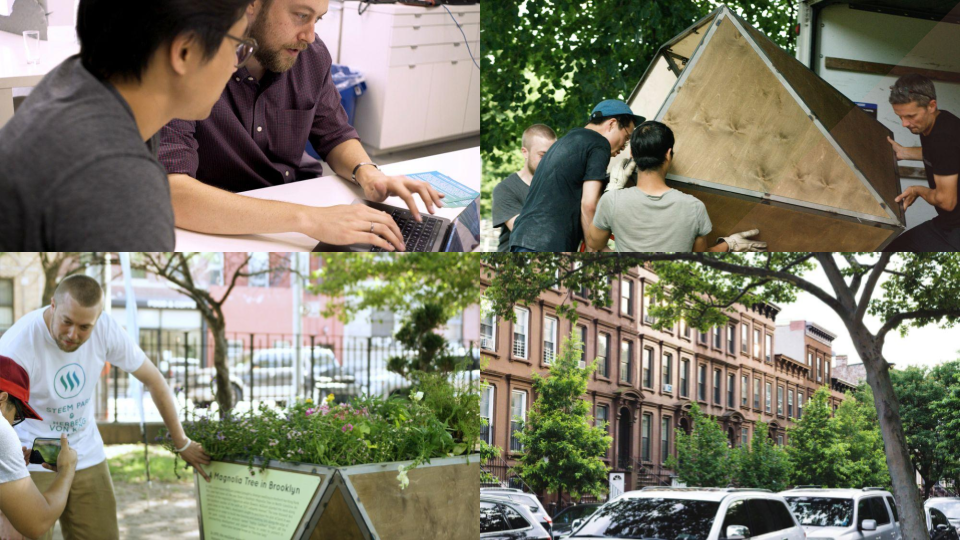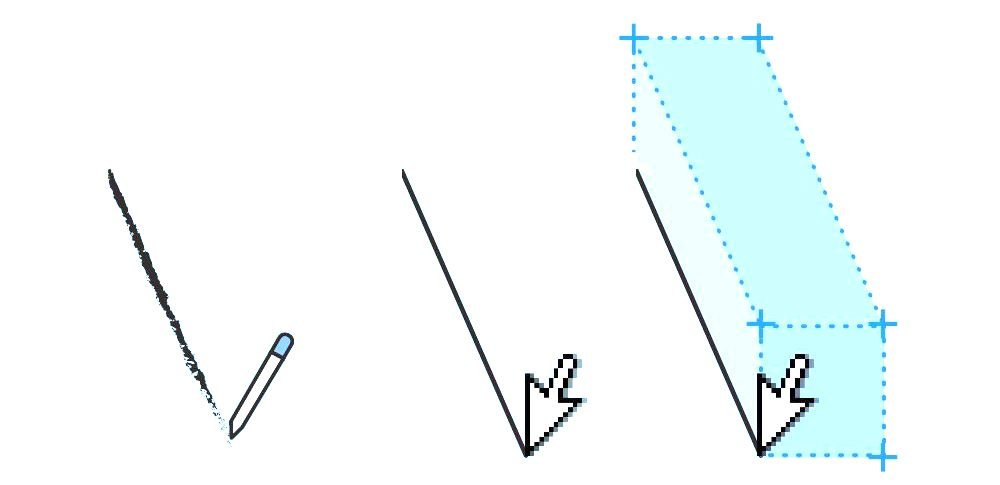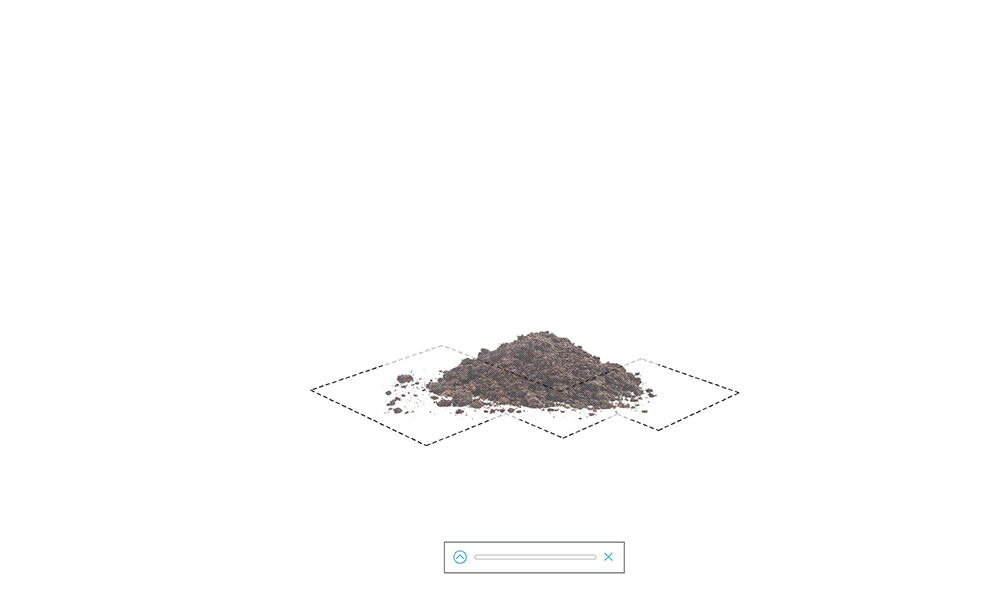
Reaching Out + Making Connections
On Wednesday @sndbox presented to @cooperrobertson, a prestigious architecture and urban design firm in New York City. The talk “Mining Creativity and Cryptocurrency” illustrated the benefits of professional design practice as it relates to the Steem Blockchain. We showcased our work with Steem Park as an example of how you can capitalize on the process of a design project to build an audience + dialogue + simultaneous funding.
The 1 hour presentation was met with excitement and enthusiasm! (Another 2 hours of conversation followed the talk!) Everyone was very receptive, asked fantastic questions and understood how this sort of crowdsourced communication platform could be extraordinarily disruptive.


Use Case Scenarios
Snowballing from STEEM Park, we spoke at length regarding use case scenarios where Steem could apply directly to architectural practice. This evolved into a mix of uses that could be applied today (right now on Steemit) and ideas that could one day be applied through SMT's (social media tokens).
- Publication : Design firms frequently publish their work in the form of books or magazines. The publication idea was a big topic of discussion considering @cooperrobertson has published countless works over the course of its 38 year history. Blog posts can easily translate to chapters (a precedent set by @ericvancewalton).
- Gallery : Architects frequently use exhibitions as a way to present their work and also experiment with new ideas. Their Steemit blog could be used as a continuous "online" or "real" laboratory for art (as proven through @reddragonfly's gallery in Port Townsend).
- Design Precedent Archive : With any new project, architects pour through a tremendous amount of research and past examples to learn from. A Steemit blog could also be used to record this work and crowdsource for previously unknown examples / using the Steemit audience to help mine new ideas and receive feedback. @design-guy does this very well, using Steemit as an archival resource as well as a springboard for new ideas.
- Open Source Design : Steemit could also be used to crowdsource a design concept or even application. Funding earned through the process of ideation > fabrication could be used to subsidize the work itself. @utopian-io is a fascinating example of this open-sourced mindset put to action.

Design Consensus : There's a big team behind creating a work of architecture. Engineers, landscape architects, contractors, electricians, plumbers, etc. Everyday (especially during the "Construction Documents" phase) architects are on the phone coordinating with consultants and debating solutions. When a consultant provides a solution, that typically is a PDF sketch that get's circulating via email. One day soon Steem could provide a mechanism where upvotes simply correlate to agreement over design changes. Each consultant would have a corresponding stake, which would determine the strength of their upvote. Something like this could be built on top of a "private community" feature that Steemit has spoken of implementing in 2018.
Project Ownership : Our presentation spoke briefly of the potential of Social Media Tokens. Eyebrows were raised when we spoke of crowdfunding mechanisms and the democratization of public resources within urban areas. For architects, this could become an interesting way to capture equity in public realm projects.

Looking Forward
We were very excited to have an opportunity to present these ideas. We @sndbox believe that (especially with Social Media Tokens) the Steem ecosystem could become a transformative resource within the built fabric of neighborhoods and cities. Cooper Robertson is a big leader in this regard, having been the architect of record for the Whitney Museum in New York City, waterfront resiliency planning in Red Hook Brooklyn, master planner of Battery Park City, designer of Miracle Mile in Coral Gables, along with countless Campus master plans for universities all over the globe.
Looking ahead, we helped @cooperrobertson reserve a Steemit account. (Give them a follow!) We hope that posts like this one help contextualize the conversation for CR and motivate them to take this new ecosystem seriously as a resource that could empower their work. Stay tuned, we hope to get them rolling on Steemit soon :)

